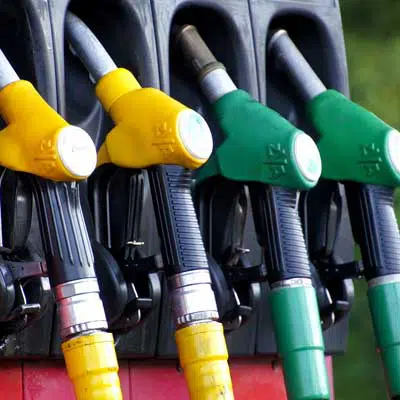With less than a year to go before gas stations are scheduled to become EMV-compliant at the pump, readiness among fuel merchants remains uneven. A recent study by Naples, Fla.-based ACI Worldwide reveals 47% of major petroleum merchants remain unprepared to meet the deadline and 20% are still in the planning stages for rolling out EMV. By the time of the April 2021 deadline, 33% are unlikely to be able to comply, ACI says.
Overall, 97% of the petroleum merchants expect to be EMV-compliant by year-end 2021, with the remaining 3% unsure of when they will achieve compliance.
ACI surveyed 46,000 petroleum merchants nationwide, including major oil companies, grocers, and convenience stores. Visa Inc. and Mastercard Inc. have already extended the deadline from the original cut-off of Oct. 2017 to April 2021.
The delay in EMV implementation among gas stations, the last major merchant category to migrate to chip card readers, is largely to due to the high cost of implementing in-pump EMV card readers. Bringing a fuel pump, which typically has four nozzles, into EMV compliance costs about $25,000 to $30,000, on average, fuel industry experts say.
The price can rise to $40,000 by adding such features as loyalty, fleet card, and third-party marketing/discount programs. By comparison, a fuel-pump replacement with a bare bones EMV card reader is about $20,000.

“EMV is a major undertaking for fuel merchants—from the capital investment required to the fuel pumps that will be out of commission during the upgrade,” says Benny Tadele, vice president, for ACI Worldwide. “The Covid-19 pandemic has presented further challenges due to the stay-at-home restrictions. However, fuel merchants need to press on, especially as most consumers use credit cards to pay for fuel, and non-EMV card readers are vulnerable to fraud.”
Currently, one-third of the major gas stations and convenience-store merchants surveyed have fully implemented EMV across their stations, and another 20% are more than halfway toward full implementation, ACI says.
Many stations are planning to upgrade data security and add new payment and loyalty options as part of the changeover to EMV. When it comes to data security, 60% of the major fuel and convenience merchants surveyed say they are considering improving fraud management along with EMV implementation. In addition, 37% say they are considering point-to-point encryption and 26% are considering tokenization.
Some 85% of fuel merchants surveyed are planning to implement contactless payments alongside EMV; 70% are considering mobile payments; 67% are evaluating how to integrate loyalty initiatives at the fuel dispenser; and 77% are considering investing in, or are already supporting, alternative payment methods.
Once the deadline for compliance passes, payments experts caution that non-compliant stations will become magnets for fraud, regardless of their locations, as criminals will seek them out. A common scam at gas stations is to use a lost or stolen card, or a credit card obtained using a stolen or prefabricated identity, to purchase large amounts of gasoline and resell it at a lower price. The criminal earns pure profit on the sale, payment experts say.





